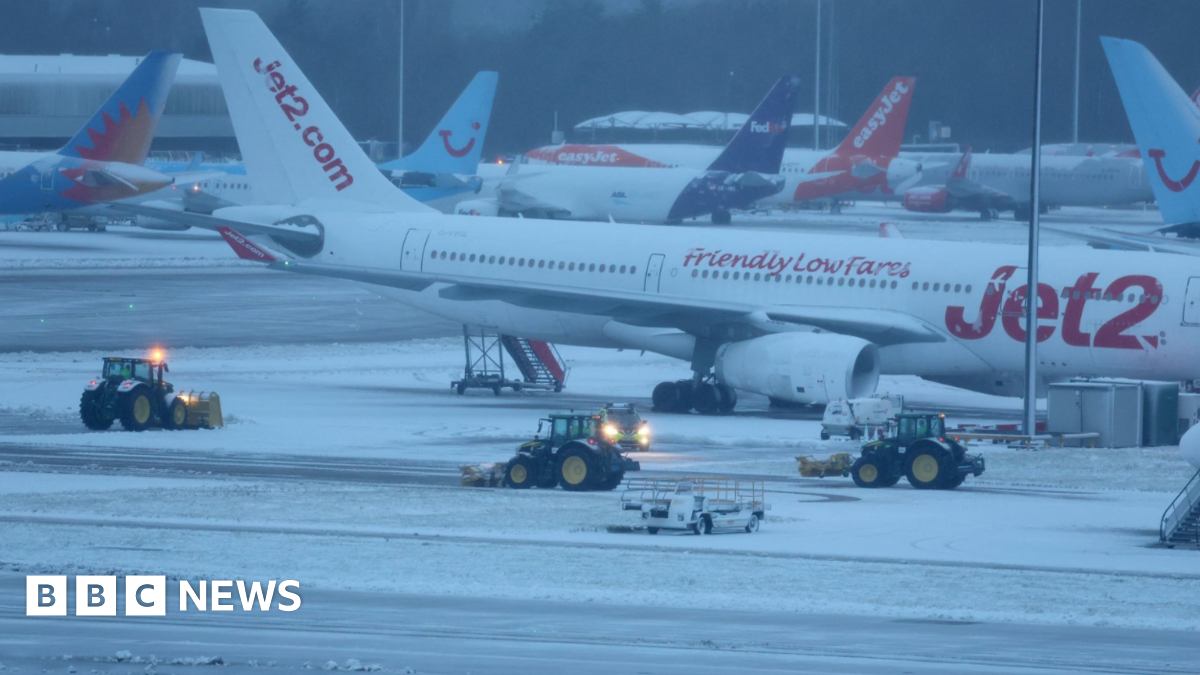Unlock the US Election Countdown newsletter for free
The stories that matter on money and politics in the race for the White House
Israel faces a looming shortage of interceptor missiles as it shores up air defences to protect the country from attacks by Iran and its proxies, according to industry executives, former military officials and analysts.
The US is racing to help close gaps in Israel’s protective shield, announcing on Sunday the deployment of a Terminal High-Altitude Area Defense (Thaad) antimissile battery, ahead of an expected retaliatory strike from Israel on Iran that risks further regional escalation.
“Israel’s munitions issue is serious,” said Dana Stroul, a former senior US defence official with responsibility for the Middle East.
“If Iran responds to an Israel attack [with a massive air strike campaign], and Hizbollah joins in too, Israel air defences will be stretched,” she said, adding that US stockpiles were not limitless. “The US can’t continue supplying Ukraine and Israel at the same pace. We are reaching a tipping point.”
Boaz Levy, chief executive of Israel Aerospace Industries, a state-owned company which makes the Arrow interceptors used to shoot down ballistic missiles, said he was running triple shifts to keep production lines running.
“Some of our lines are working 24 hours, seven days a week. Our goal is to meet all our obligations,” Levy said, adding that the time required to produce interceptor missiles was “not a matter of days”. While Israel does not disclose the size of its stockpiles, he added: “It is no secret that we need to replenish stocks.”
Israel’s triple-layered air defences have so far shot down the vast bulk of incoming drones and missiles fired by Iran and its proxies at the state from across the region.
The country’s Iron Dome system has shot down short-range rockets and drones fired by Hamas from Gaza, while David’s Sling has intercepted heavier rockets fired from Lebanon, and the Arrow system has blocked ballistic missiles from Iran. Houthi rebels in Yemen and Iraqi militias have also fired missiles, rockets and drones at Israel.
The Israeli military claimed in April that, with the help of the US and other allies, it achieved a 99 per cent interception rate against an Iranian salvo of 170 drones, 30 cruise missiles and 120 ballistic missiles.
But Israel had less success fending off a second Iranian barrage of over 180 ballistic missiles fired on October 1. Almost three dozen missiles hit Israel’s Nevatim air base, according to open source intelligence analysts, while one missile exploded 700 metres away from the headquarters of the Mossad, Israel’s foreign intelligence agency.
The US-supplied Thaad battery, which is designed to shoot down ballistic missiles, will sit alongside Israel’s Arrow system. It bolsters Israel’s overall air defences as Benjamin Netanyahu’s government plans its retaliatory strike for Iran’s missile barrage in October, which Tehran said was to avenge the killing of the leaders of the Hamas and Hizbollah militant groups.
Lebanon-based Hizbollah has shown it can still strike at least 60km into Israel despite weeks of Israeli attacks on its commanders and its arsenal.
On Sunday, a Hizbollah attack drone killed four Israeli soldiers at a military base in the centre of the country.

“We are not seeing Hizbollah’s full capability yet. It has only been firing at around a tenth of its estimated prewar launching capacity, a few hundred rockets a day instead of as many as 2,000,” said Assaf Orion, a former Israeli brigadier general and head of strategy at the Israel Defense Forces.
“Some of that gap is a choice by Hizbollah not to go full out, and some of it is due to degradation by the IDF . . . But Hizbollah has enough left to mount a strong operation,” Orion added. “Haifa and northern Israel are still on the receiving end of rocket and drone attacks almost every day.”
Analysts said that defence planners and Israel’s AI-powered air defences were having to choose which areas to protect over others.
More than 20,000 rockets and missiles have been fired at Israel over the past year from Gaza and Lebanon alone, according to official Israeli figures.
“During the October 1 attack, there was a sense the IDF reserved some Arrow interceptors in case Iran fired its next salvo at Tel Aviv,” said Ehud Eilam, a former researcher at Israel’s Ministry of Defence. “It’s only a matter of time before Israel starts to run out of interceptors and has to prioritise how they are deployed.”
Illustration by Ian Bott and cartography by Jana Tauschinski
Credit: Source link












